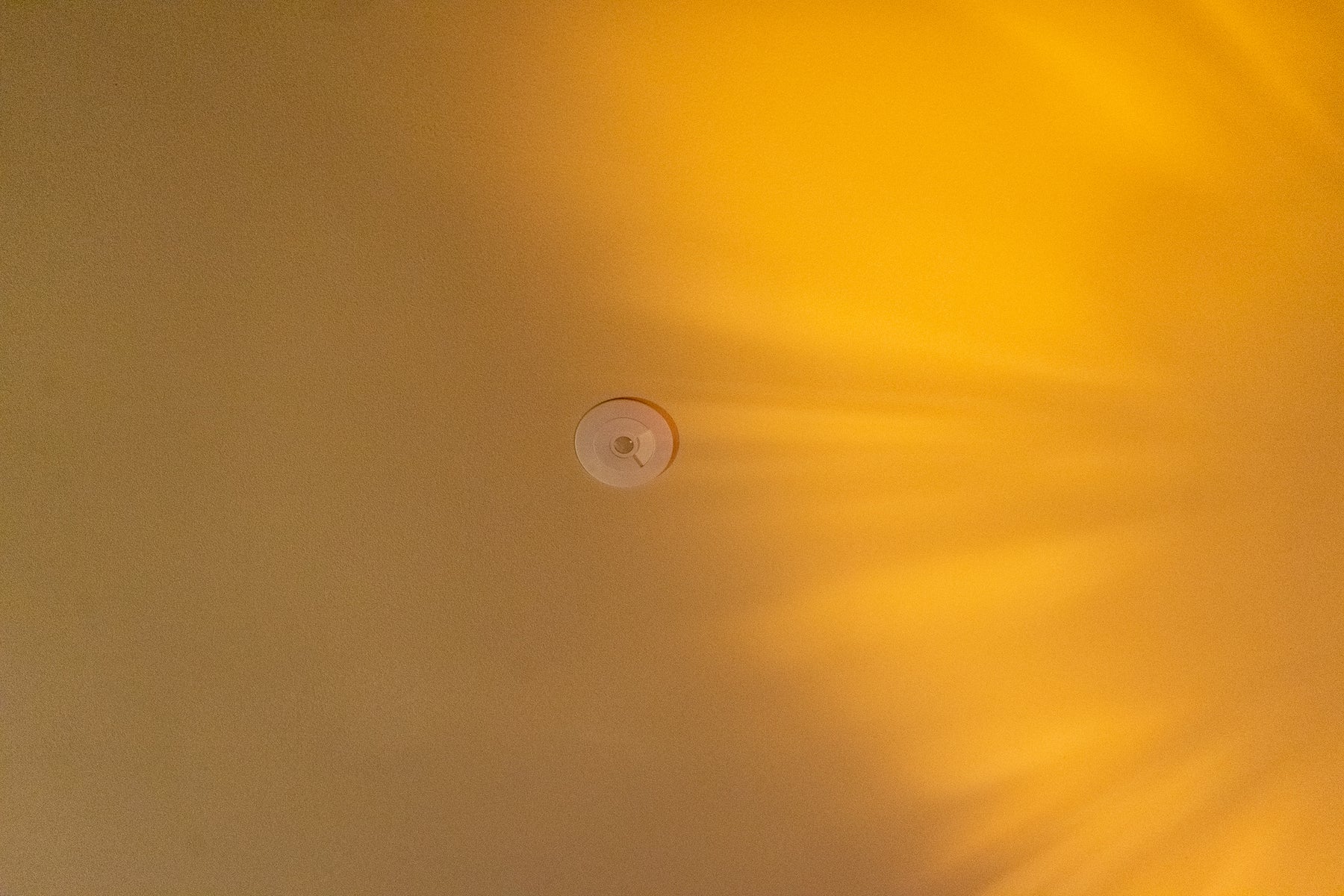
PIR know-how part one - Principles of Motion Sensing
In this blog we are going to cover the very core elements of motion sensors and how they work. Motion sensors are often referred to as PIRs which stands for Passive InfraRed. Passive essentially means the sensor is not actively putting out anything into the environment it is covering, it is just observing the environment. The Infrared part of the name refers to the part of the spectrum it is detecting.
Infrared light
So, first things first, Infrared light is the highest wavelength of light on the spectrum. As you can see on the scale below Infrared light falls near the top of the scale and is just above the range of light that can be seen by the human eye.

Sensor interpretation
But, just detecting infrared wavelengths from everything that is above absolute zero does not make for a very useful sensor. For this reason a motion sensor detector will have a lens that has a field of view that is split into various sections which are often called ‘beams’.

If the amount of infrared light changes (for example a warm human arm moves into the beam) then the sensor will trigger.
Sensitivity
The number of beams a motion sensor has will affect the sensitivity of the sensor. You can think of this like the amount of pixels on a screen. If the sensor has a low beam density then there will need to be more movement before the sensor can detect that there is an infrared heat source (such as a person) moving in its field of view.
A sensor with a very dense beam pattern will be able to identify much smaller movements meaning the sensor will be far more sensitive. Our sensors of course have dense beam patterns so are sensitive to small movements especially if you are in the middle of the beam pattern.
Other considerations
So called ‘pet friendly’ motion sensors typically have a beam pattern that doesn’t detect infrared above the height of a typical family pet, but because our sensors are ceiling mounted they are not “pet friendly” as we can't stop the beams reaching the floor.
Sensor location is essential in ensuring the sensor detects only what you want it to. In our next blog we look at the detection area and explain just how the beam patterns detect motion and what to consider when installing motion sensors.
More next week...

